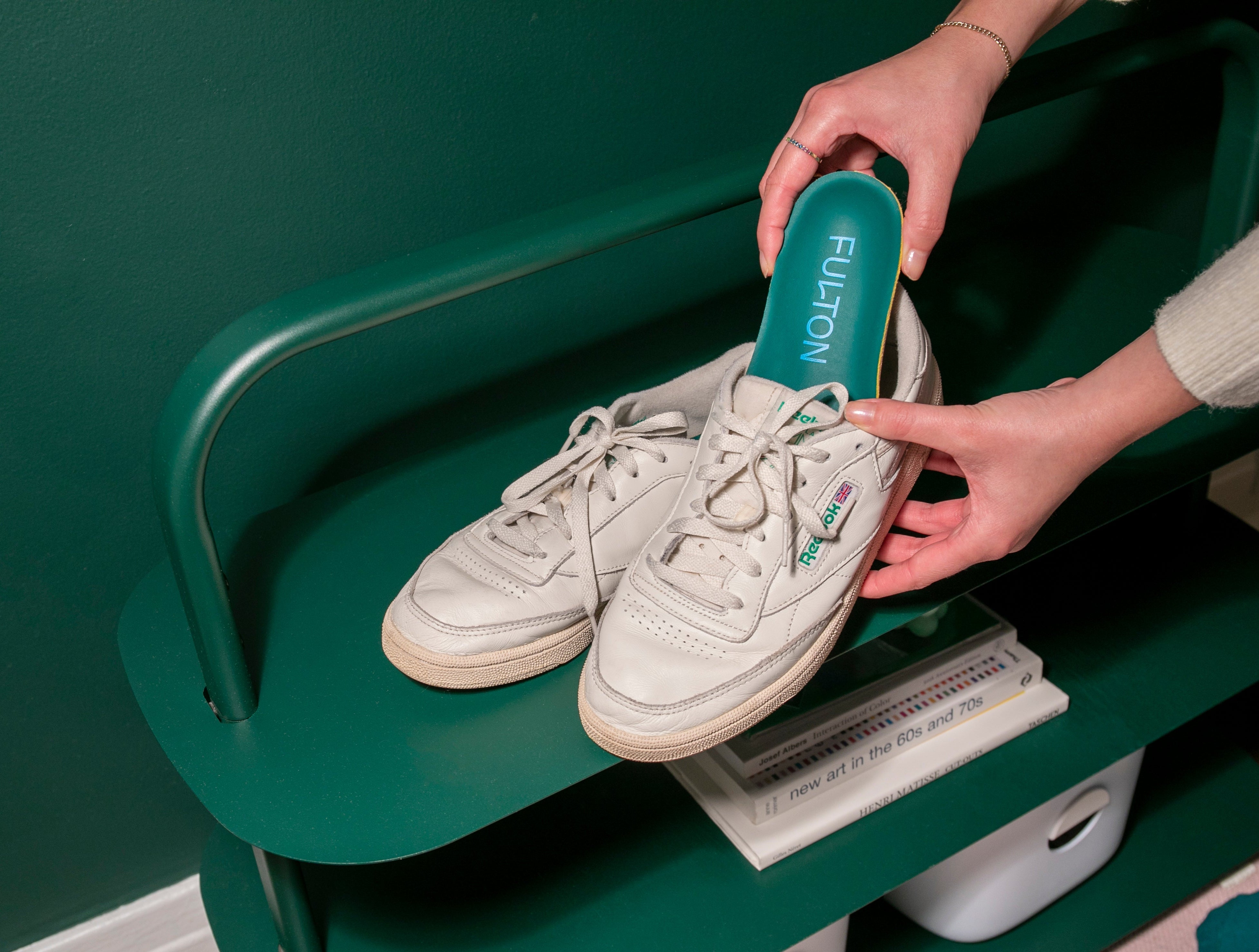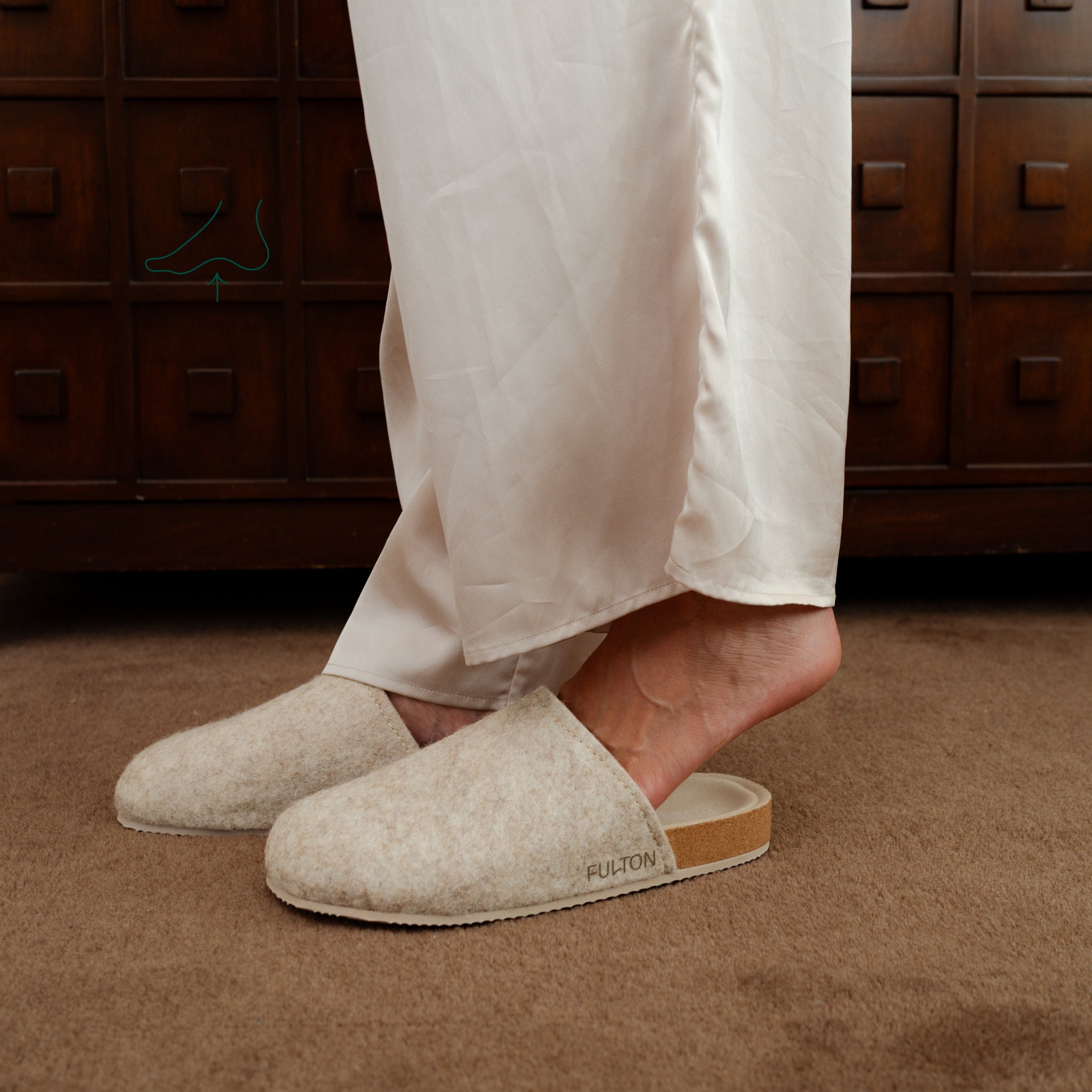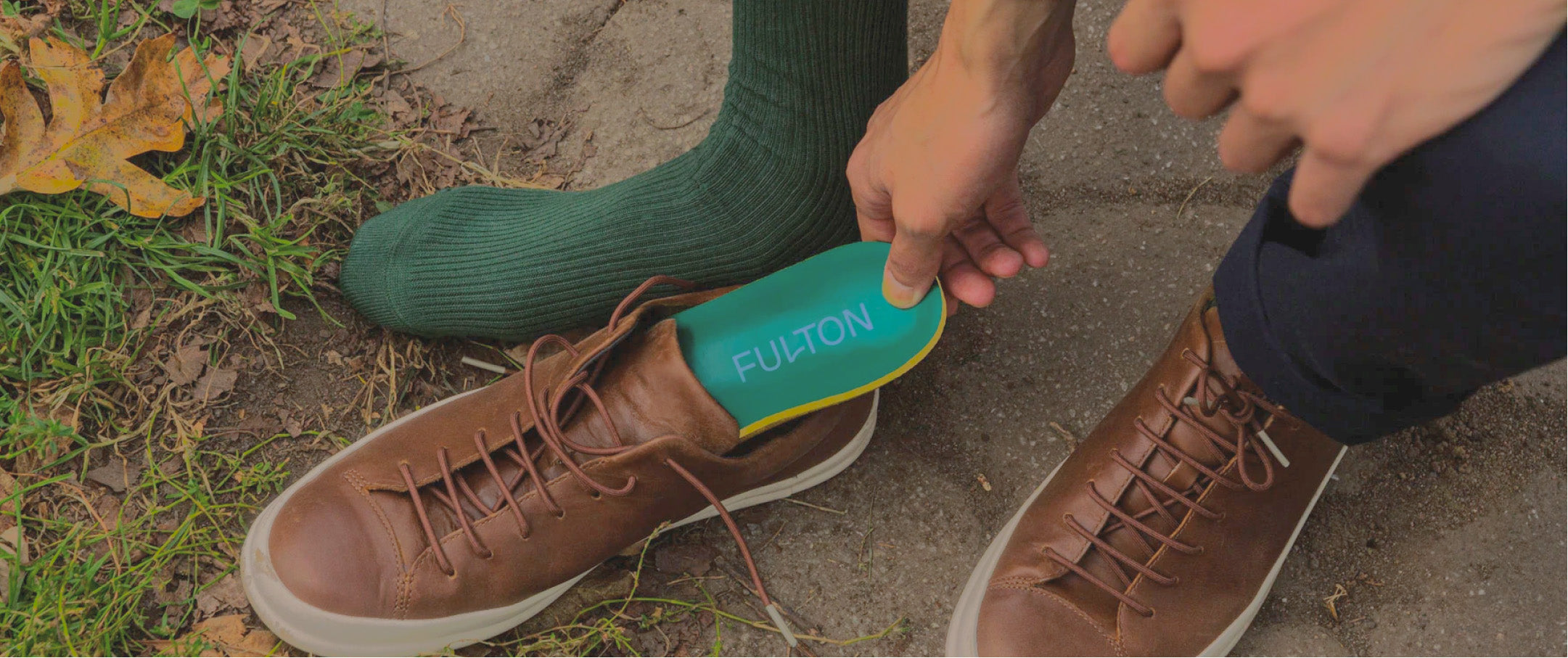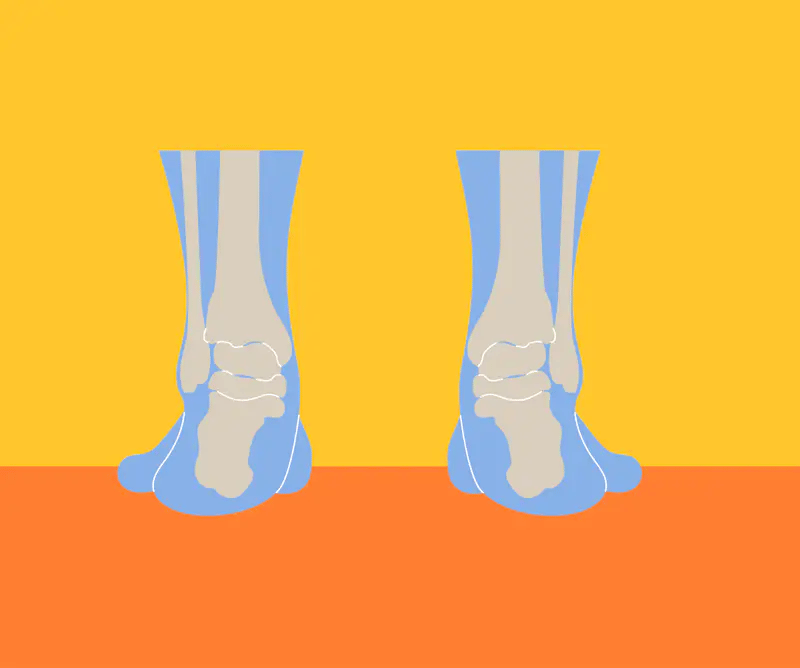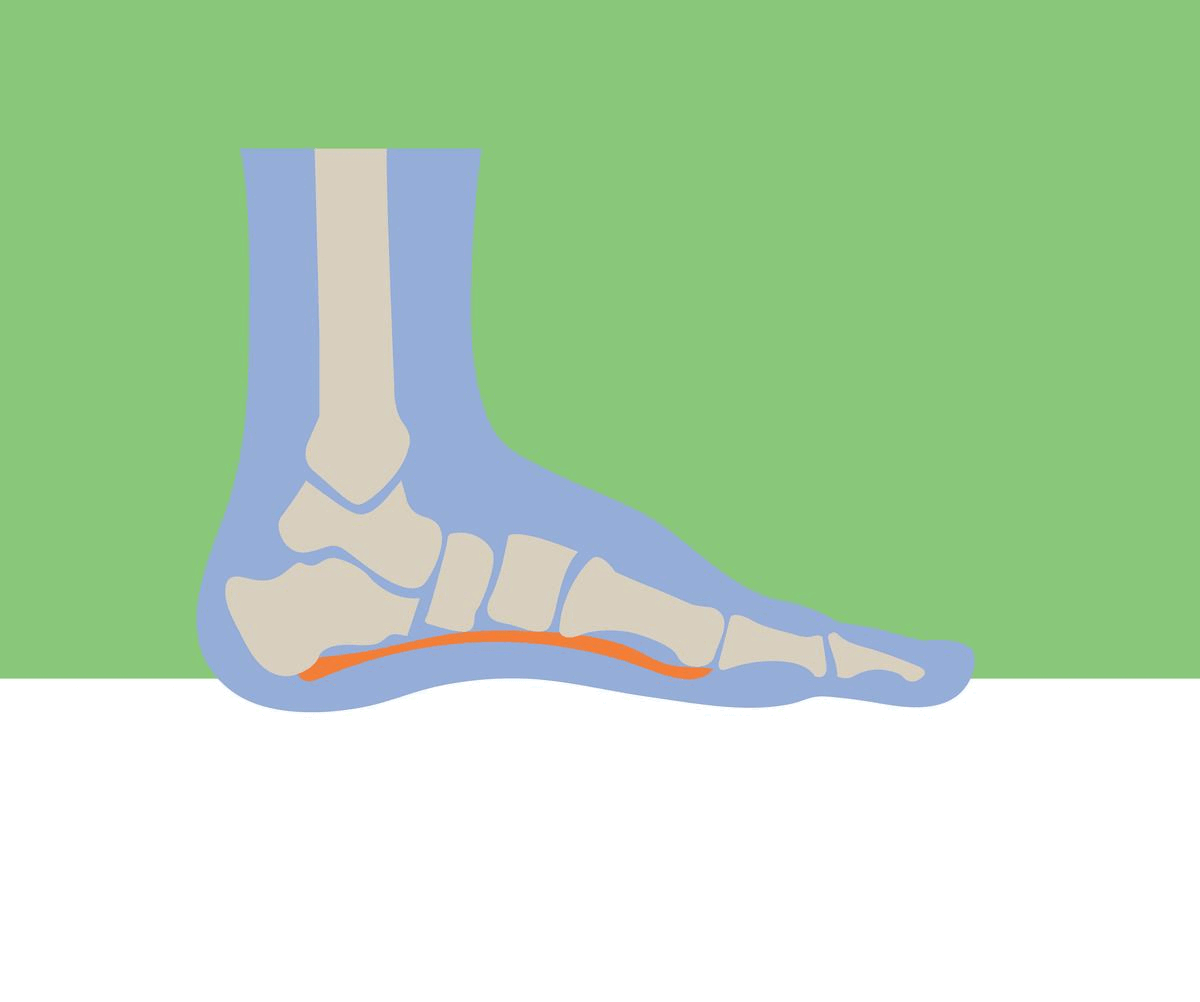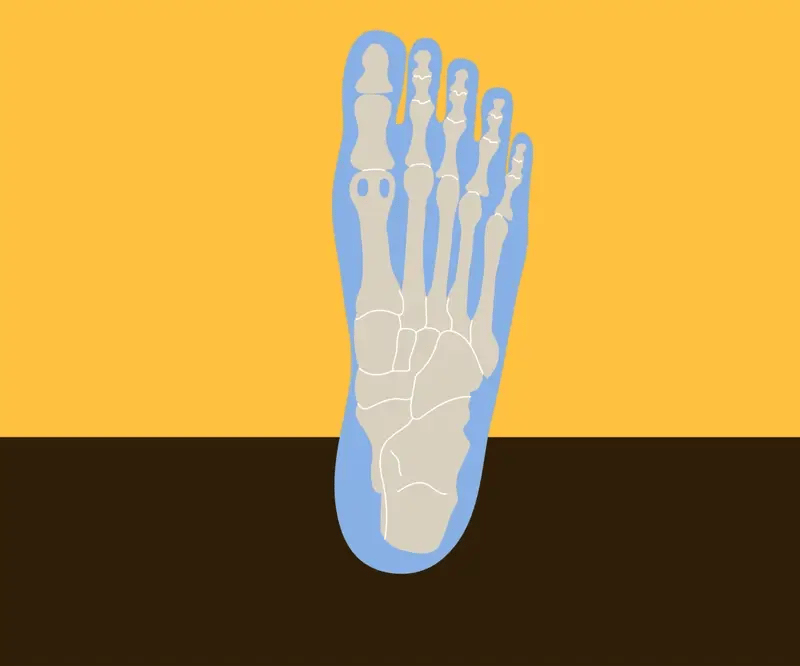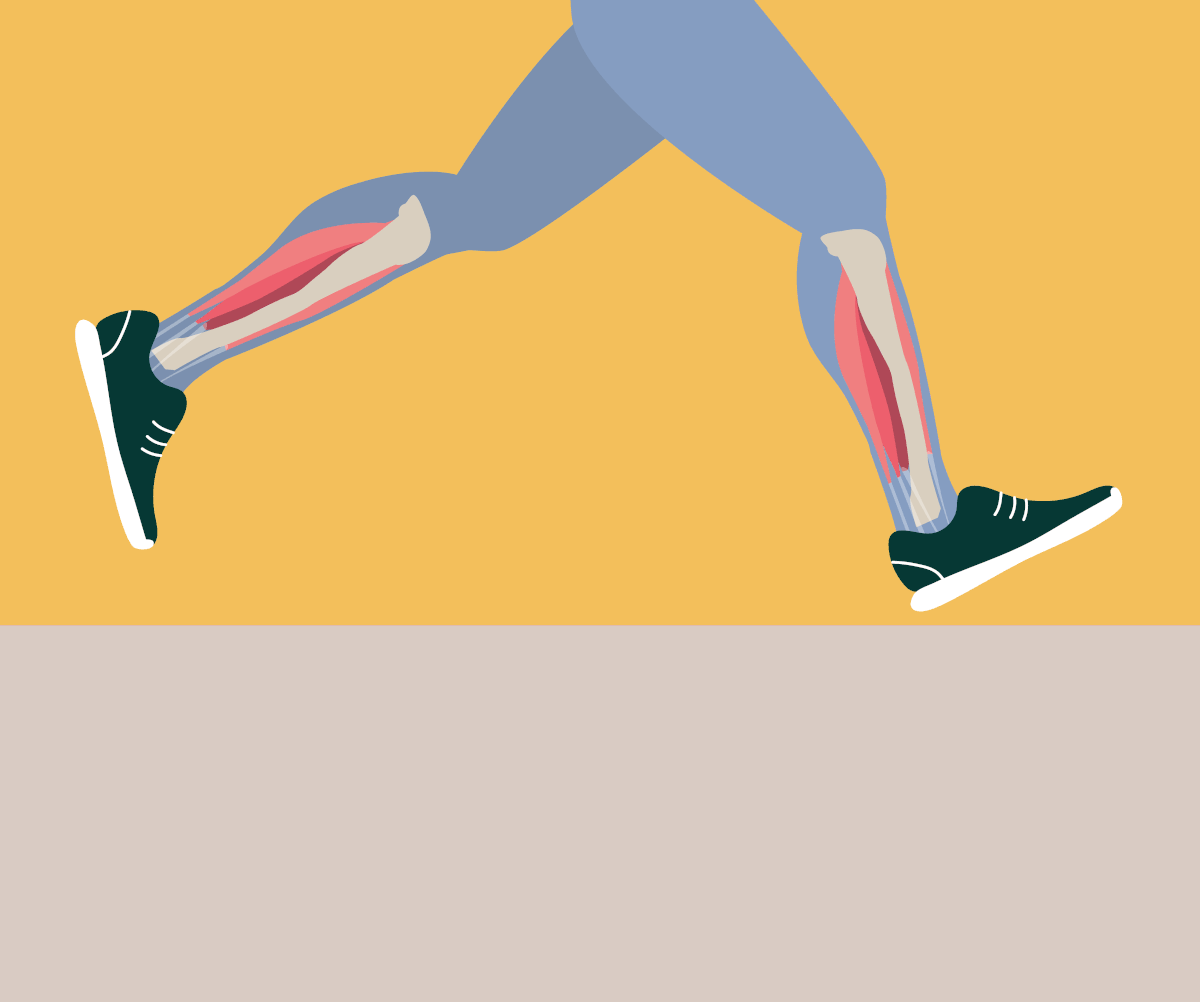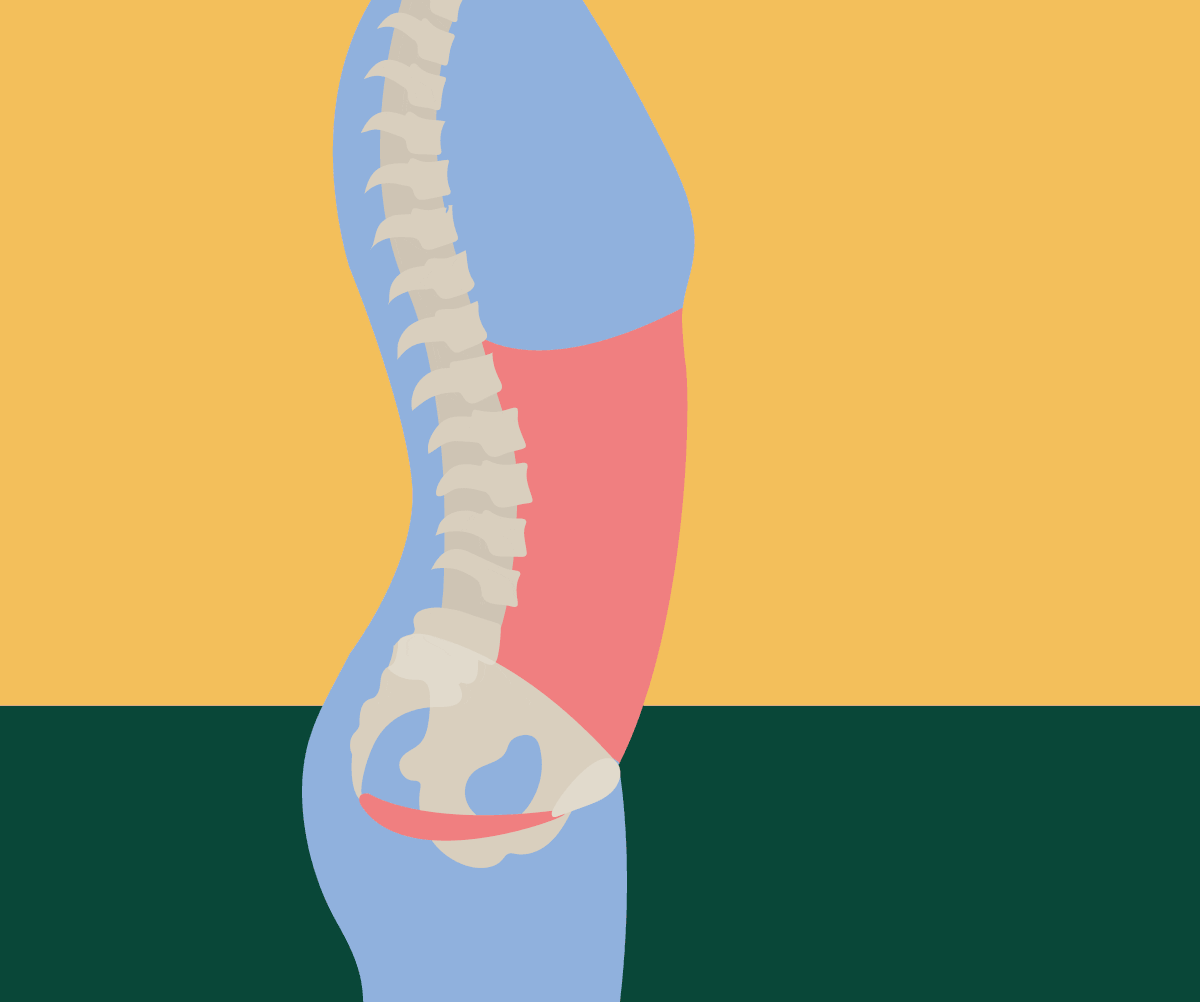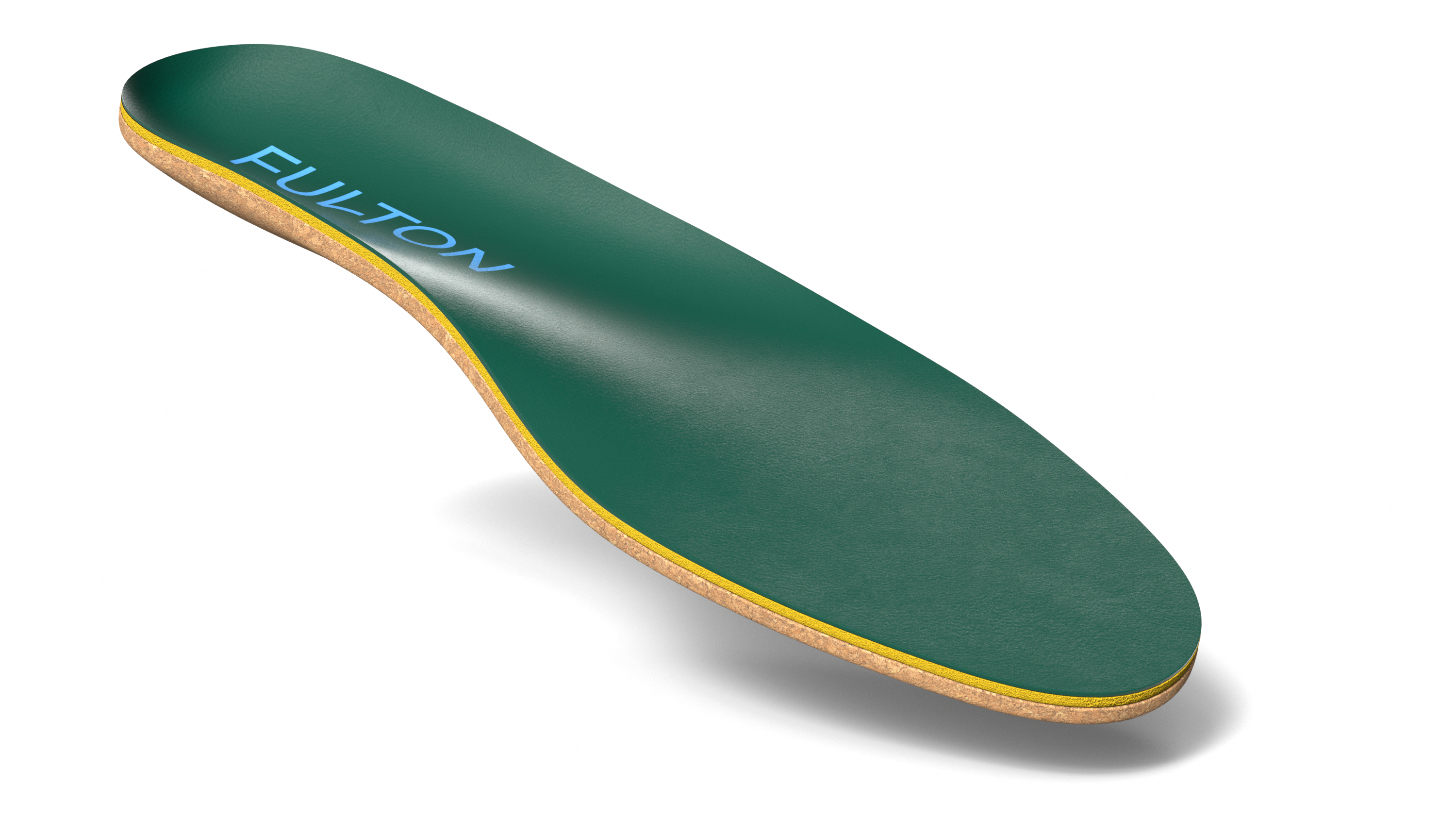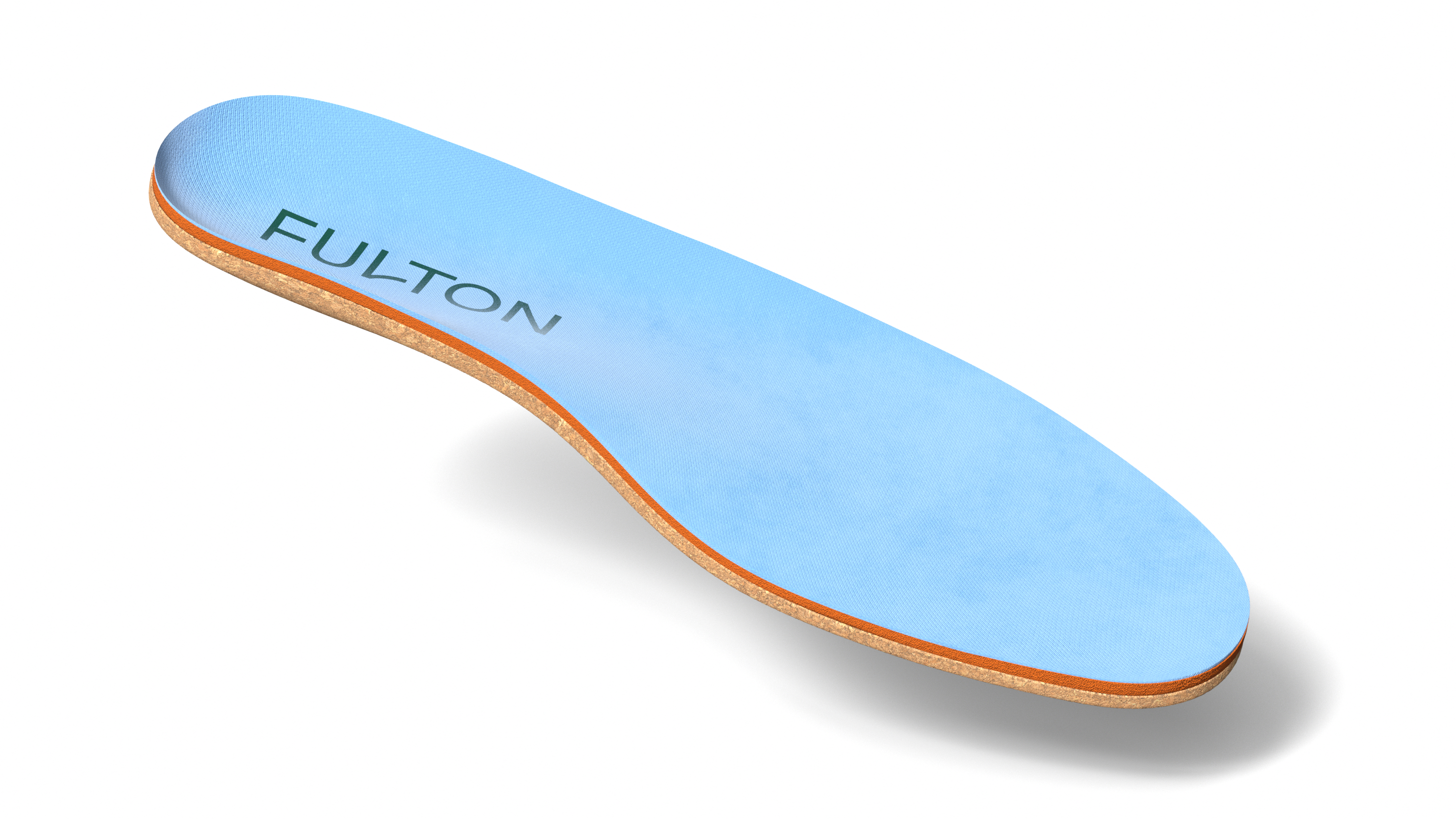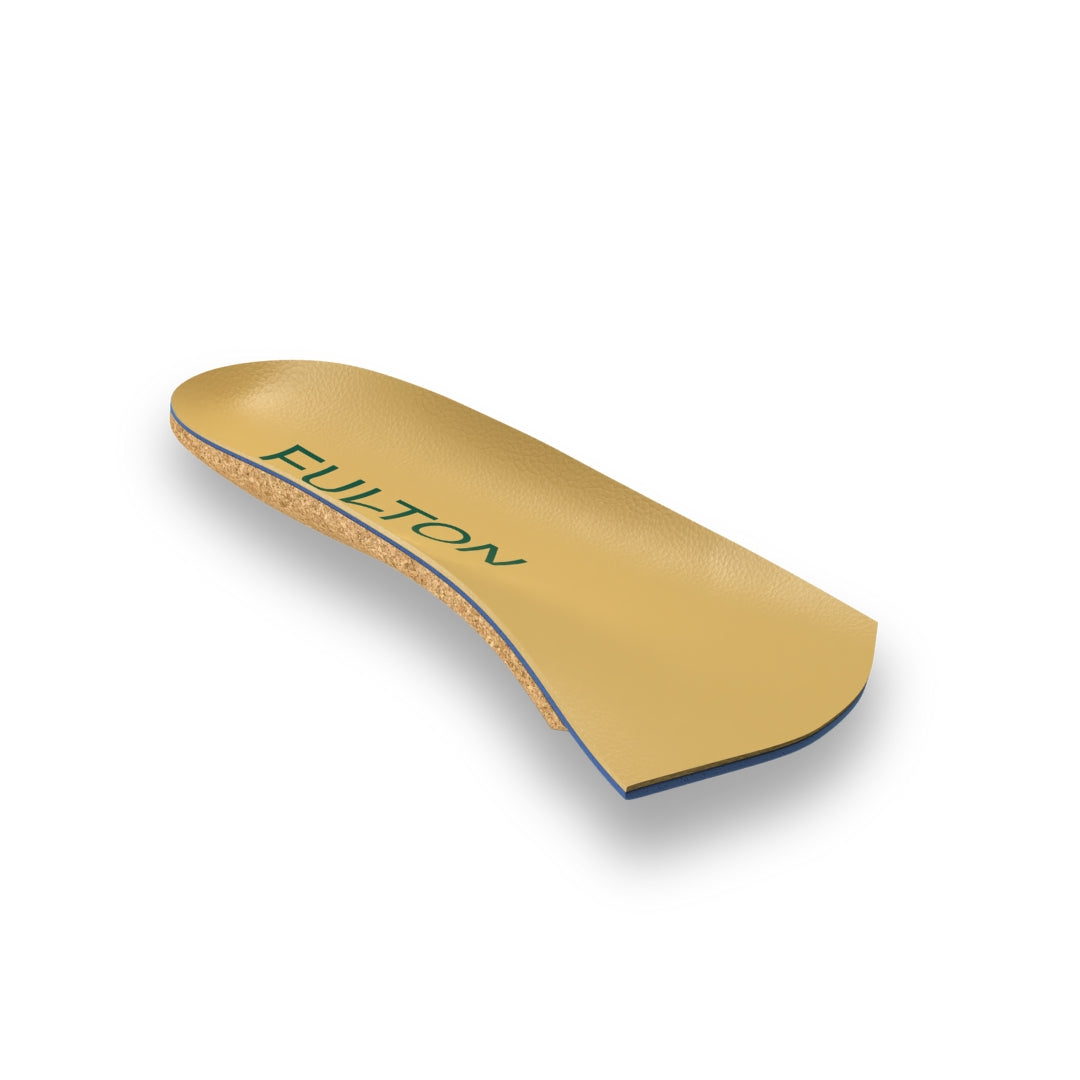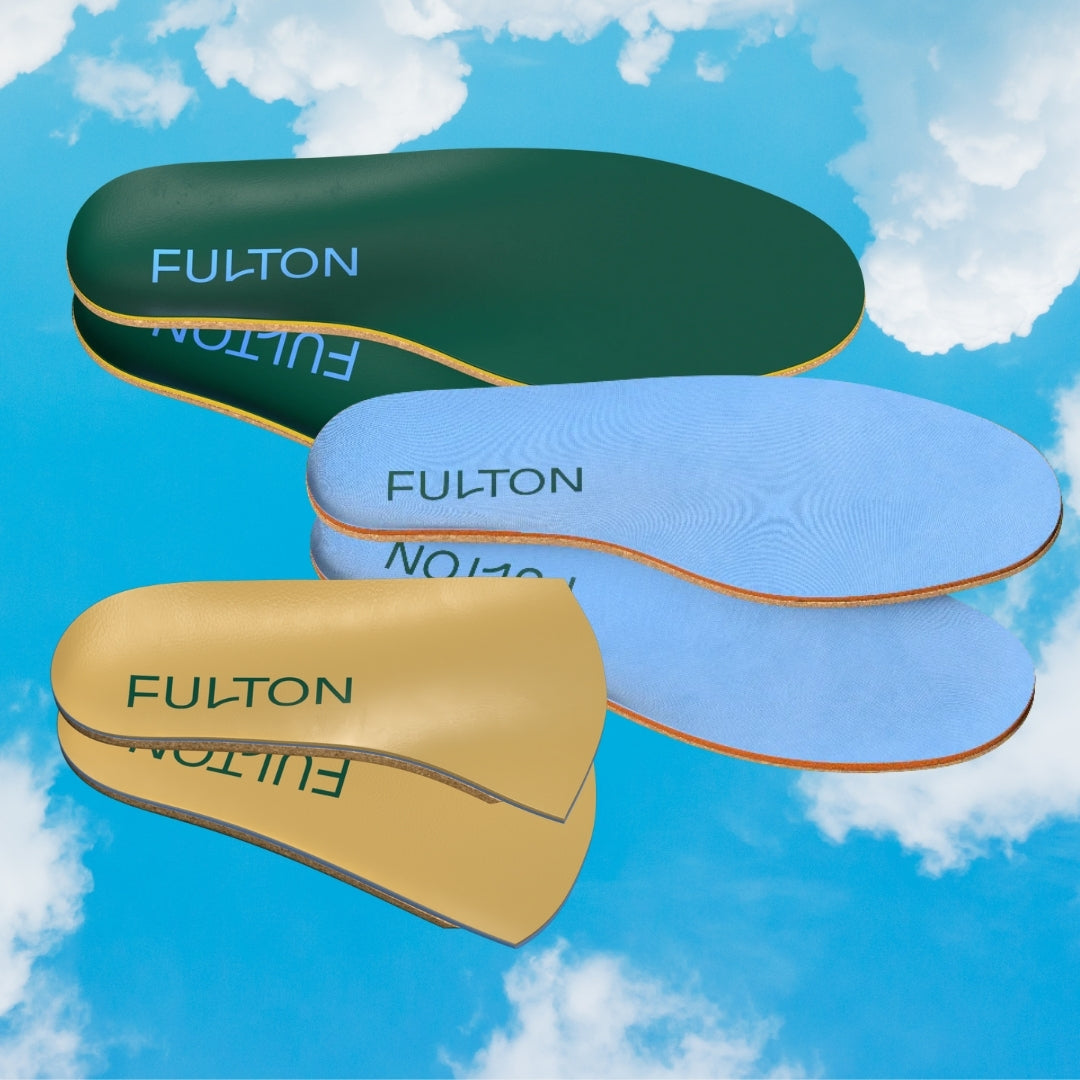Causes of Shin Splints
Shin splints, or medial tibial stress syndrome, is a radiating pain along the tibia bone in the lower leg. This injury is common among both athletes and non-athletes. They can be caused by a variety of factors, bu with stretching, proper exercise habits and insoles for shin splints you can be pain free.
Causes of shin splints can include:
- Overuse
- Improper footwear
- Exercise habits - like working without warmups or cool down stretches
- Running on uneven terrain or hard surfaces that are high impact
- A sudden increase in the duration, frequency or intensity of exercise
- Repetitive stress on the shin bone
- Lifestyle factors, such as a job where you stand all day
- Having flat feet / overpronating
Flat Feet Shin Splints
Having flat feet and overpronating can increase the risk of developing this overuse injury. Proper arch support is crucial in maintaining alignment up the kinetic chain to minimize pain and discomfort. Luckily, orthotics for shin splints that can often ease the pain and prevent it from ever coming on.
Overpronation is when the arch of the foot collapses excessively when going through the gait cycle. Ideally, the foot should transition relatively seamlessly from heel to toe. But when someone overpronates, their arch collapses inwards and puts excessive stress on the lower leg. Over time, this can lead to injuries and aches caused by overuse and overcompensation -- a prime example being shin splints.
Treatments for Shin Splints
Shin splints are treatable with proper care and attention. There are also insoles for shin splints that can help ease the recovery process.
There are several effective ways to treat the pain from shin splints, these include:
- Rest - avoid activities that cause pain
- Ice - apply ice packs to the affected area for 15 to 20 minutes
- Stretching
- Elevation
- Wearing more cushioned shoes
Prevention: Shoe Inserts for Shin Splints
Orthotics, or shoe inserts, can be used to prevent shin splint pain. Using orthotics for shin splints is critical to preventing overpronation and aligning the body. They are particularly critical if you have flat feet. Shoe inserts can help align and stabilize your foot and ankle, taking stress off of your lower leg - they will also prevent other overuse injuries like runner's knee, IT band syndrome, and take pressure off your muscles and tendons.
The Best Insoles for Shin Splints
The best insoles for shin splints offer sturdy support and a deep heel cup that stabilizes the body. Fulton's Athletic Insole helps prevent and alleviate shin splints for everyone, not just runners. These insoles provide alignment up the kinetic chain by supporting flat feet and preventing overpronation. When the body is properly aligned, the risk for developing overuse and overcompensation injuries decreases significantly. Unlike other insoles, Fulton insoles mold to your arch to provide customized support that uniquely helps to prevent overpronation by perfectly forming to the contours of your foot. Furthermore, their cork base helps absorb shock to reduce impact to the body from running or walking on hard surfaces. Finally, their deep heel cup helps stabilize the body and align the ankles and legs. Shop Fulton insoles here.


